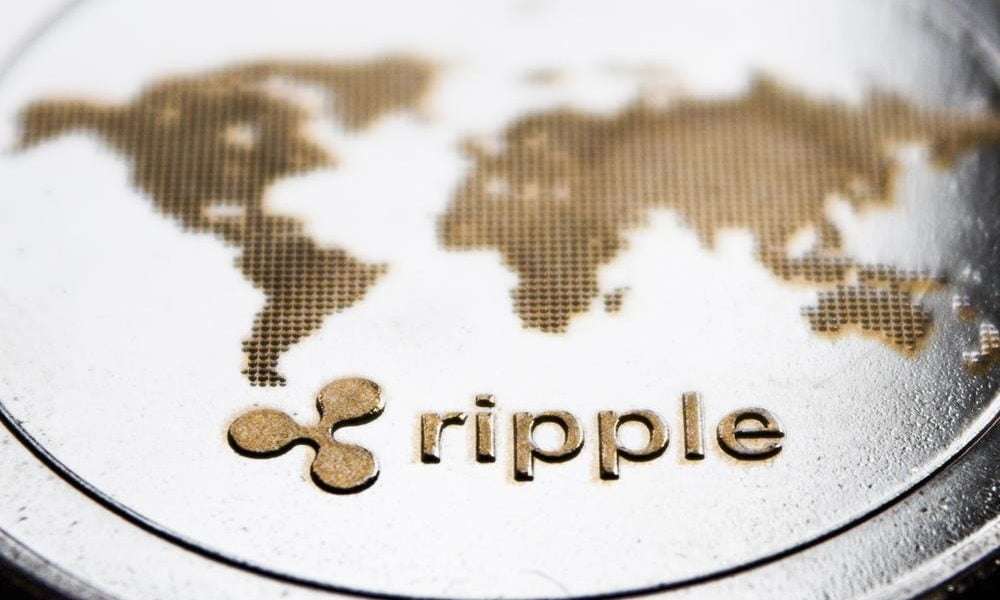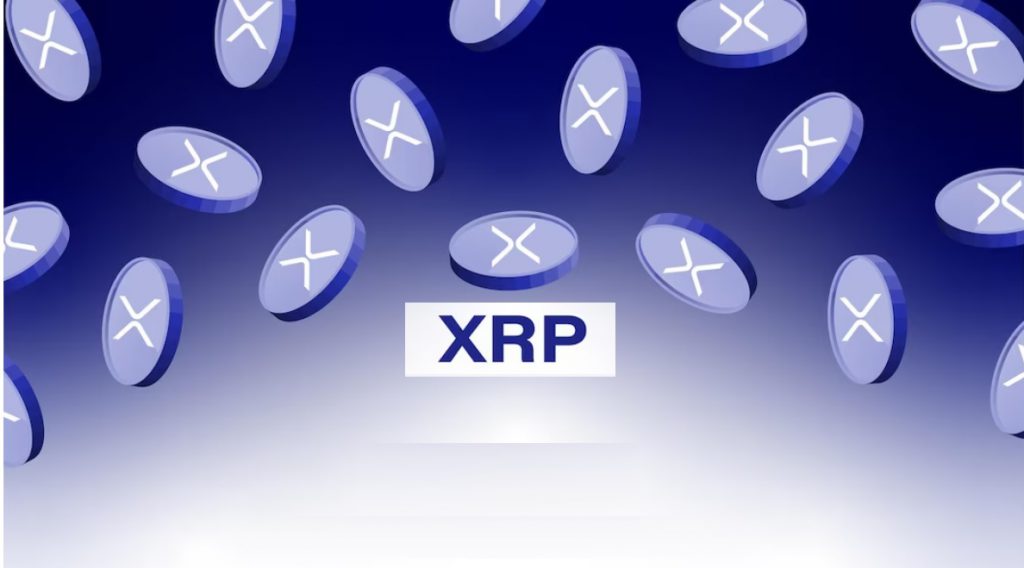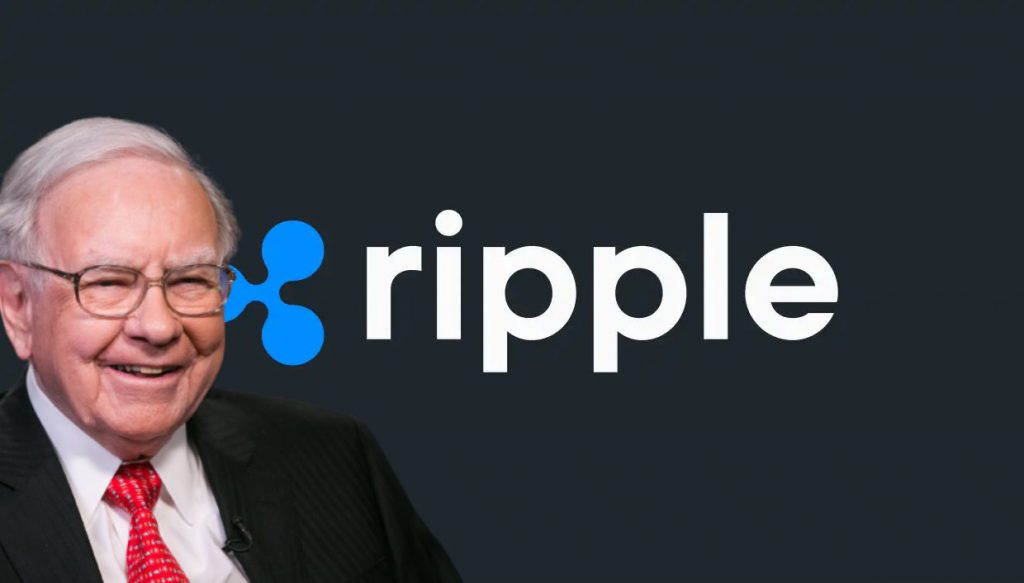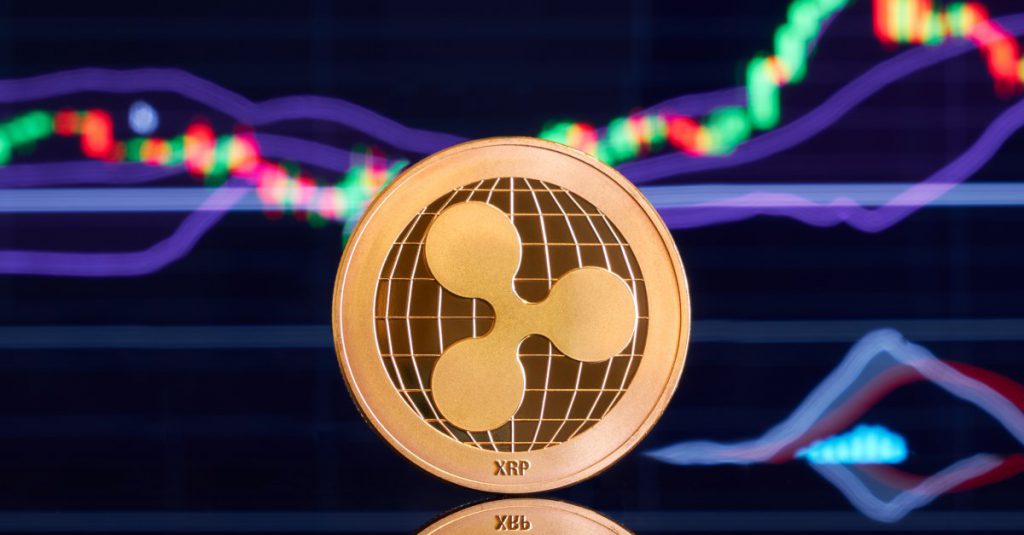[ad_1]
Which Banks Use Ripple XRP: Information
The world of digital currencies has advanced drastically because the inception of Bitcoin in 2009. Whereas Bitcoin stays a big participant, a number of different cryptocurrencies have emerged, every with distinctive choices.
One such cryptocurrency is Ripple XRP, which has seen adoption by numerous monetary establishments worldwide.
This complete information explores Which Banks Use Ripple XRP and why.
Additionally learn: Ripple Unlocks 1 Billion XRP From Escrow Amidst SEC Appeal Rumors

Understanding Ripple XRP
Ripple XRP is a longtime cryptocurrency that has gained important momentum over the previous few years.
Cryptocurrency offers the technological spine for fee techniques utilized by quite a few banks. Let’s dive deeper into understanding what Ripple is, its origin, and its significance.
Additionally learn: Ripple Predicts Blockchain’s Potential to Save Financial Institutions $10 billion.
The Genesis of Ripple
Ripple is the cryptocurrency firm behind the XRP blockchain, an open-source distributed ledger for monetary transactions.
Moreover, the thought of Ripple was born within the minds of a gaggle of builders: David Schwartz, Jed McCaleb, Arthur Britto, and their affiliate, Chris Larsen.
They co-founded Ripple in September 2012 with a imaginative and prescient to create a safe blockchain resolution that might cater to the wants of companies extra successfully than Bitcoin.
Why Was Ripple Developed?
They aimed to develop a system to facilitate clear, cross-border real-time gross settlements (RTGS) with decrease prices and shorter transaction occasions.
Moreover, this led to the event of the Ripple Transaction Protocol (RTXP) for fast financial transfers.
Ripple’s method was to help the banking system in turning into extra environment friendly reasonably than making an attempt to disrupt it. This positioning made Ripple a really perfect resolution for monetary companies’ transaction necessities.
Initially, Ripple had two fee processing techniques based mostly on RTXP: xRapid and xVia. These have been later unified into the corporate’s mainnet, RippleNet.
Exploring XRP

XRP is the digital asset used for transactions on Ripple’s RippleNet platform. It derives its title from xRapid, the place it was initially used as a price alternate token.
Moreover, all 100 billion XRP cash have been pre-mined, with about 45 billion XRP cash deposited in Ripple’s Escrow account. The remaining 55 billion XRP have been distributed to customers worldwide.
XRP, like different cryptocurrencies, has a smaller unit known as a ‘drop’, equal to 1 millionth of 1 XRP. Because the foreign money has been pre-mined, its provide is fastened, that means no new XRP can enter the market.
Moreover, this mining function eliminates the necessity for proof of labor to mine new tokens. Ripple.web operates on a proof-of-consensus algorithm, a big power of Ripple’s blockchain community.
The Benefits of Ripple XRP
Ripple XRP gives a number of advantages over conventional blockchain networks like Bitcoin. Listed below are among the explanation why Ripple XRP is a superb alternative for a blockchain community:
Quick Transaction Velocity
The Bitcoin community’s gradual transaction occasions are a significant disadvantage for some customers. In distinction, XRP transactions are lightning quick, with the ledger finishing transactions in 3-5 seconds. This velocity considerably outperforms the common transaction confirmation time for Bitcoin buying and selling, which may lengthen past 20 minutes.
Economical Transaction Value
Moreover, the Ripple blockchain makes use of ‘drops’ to account for transactions, making XRP buying and selling extremely economical.
Scalability
Ripple can deal with as much as 1,500 transactions per second, almost matching the capability of ordinary fee processors like VISA, which manages 1,700 transactions per second.
This functionality makes Ripple a really perfect resolution for fintech firms requiring an infrastructure able to dealing with excessive transaction volumes.
Excessive Uptime and Low Energy Consumption
Ripple’s distributed ledger platform advantages from a world community of 150 validators on RippleNet, making certain glorious uptime and stability.
Furthermore, since no computing sources are wanted to mine XRP, the community consumes much less energy than typical blockchain networks like Bitcoin.

Why do Banks Go for Ripple XRP?
The strengths of Ripple XRP align completely with the wants of the banking and fintech sectors. Right here’s why banks desire this blockchain resolution:
Facilitating Cross-Border Funds
Ripple XRP’s velocity and effectivity allow banks to make worldwide settlements in actual time, making it a superb device for banks to create RTGS techniques to facilitate worldwide commerce.
Providing Steady and Safe Backend Infrastructure
With rising cybersecurity threats, banks are more and more prioritizing safe transaction information. Blockchain options, with their cryptographic operations and decentralized nature, supply excessive information safety and cut back system downtime.
Environment friendly Liquidity Administration
Ripple’s excessive market capitalization and its use in worldwide markets make it a reliable token for getting fiat currencies like USD. Subsequently, banks can shortly maintain onto their XRP reserves and liquidate them into USD and native foreign money reserves.
Industrial Synergies
Ripple focused banks and monetary organizations early in its lifecycle, resulting in a rising community of builders sustaining its core expertise.
Moreover, Ripple’s fame as an environmentally pleasant blockchain platform appeals to firms and governments in search of to implement sustainability compliance within the banking sector.
A Nearer Take a look at Which Banks Use Ripple XRP

Moreover, Ripple XRP is now an internationally acknowledged buying and selling platform adopted by a number of banks. Right here’s a have a look at some main banks utilizing Ripple XRP.
Financial institution of America (USA)
The second-largest financial institution within the USA by way of asset worth, Bank of America (BofA), has partnered with Ripple for a number of years.
Moreover, their collaboration has been instrumental in establishing RippleNet’s compliance requirements for worldwide funds.
PNC Financial institution (USA)
PNC Bank joined Ripple in 2016 to enhance its community velocity. With 12 million customers, the RippleNet service permits the financial institution to facilitate fast funds.
Siam Industrial Financial institution (Thailand)
The primary financial institution in Thailand, Siam Commercial Bank (SCB), adopted Ripple in 2020 to launch its outward remittance service, SCB Simple.
Santander Financial institution (USA)
Santander Bank has been utilizing Ripple since 2018. This adoption enabled them to launch the One-FX service, which facilitates cross-border funds between US and EU prospects.
Customary Chartered Financial institution (UK)
The UK-based Standard Chartered Financial institution partnered with Ripple in 2016. This collaboration enabled the financial institution to open funds to prospects in over 50 international locations in its community.
Cuallix (Mexico)
Cuallix partnered with Ripple in 2017. As one of many early adopters of XRP’s liquidity merchandise like xRapid, Cuallix facilitates cross-border funds between Mexico and the USA.
Last Ideas: Which Banks Use Ripple XRP?
In conclusion, regardless of the challenges of adopting blockchain expertise for worldwide banking, Ripple XRP holds a robust place within the trade.
Moreover, many banks favor it as a result of its operational benefits, and it presents quite a few use instances.
Ripple XRP will broaden into new areas and achieve adoption by extra monetary establishments within the coming years.
[ad_2]


